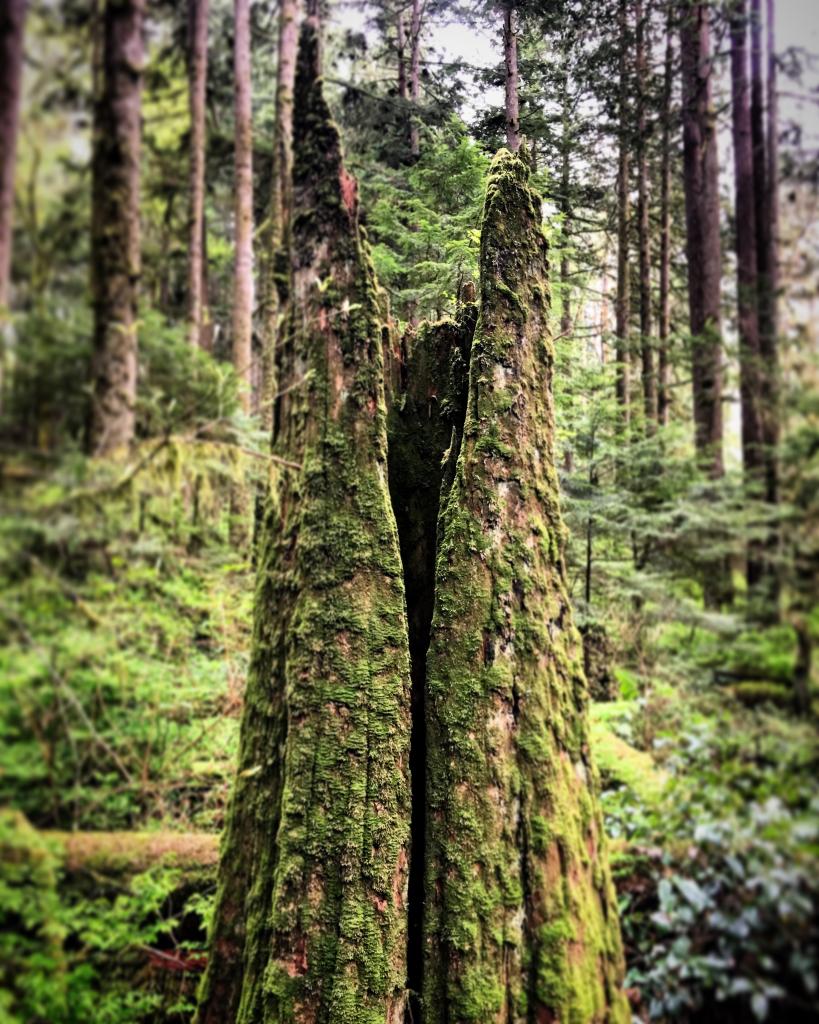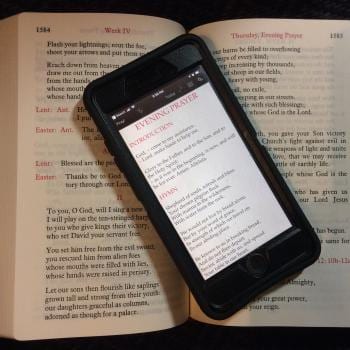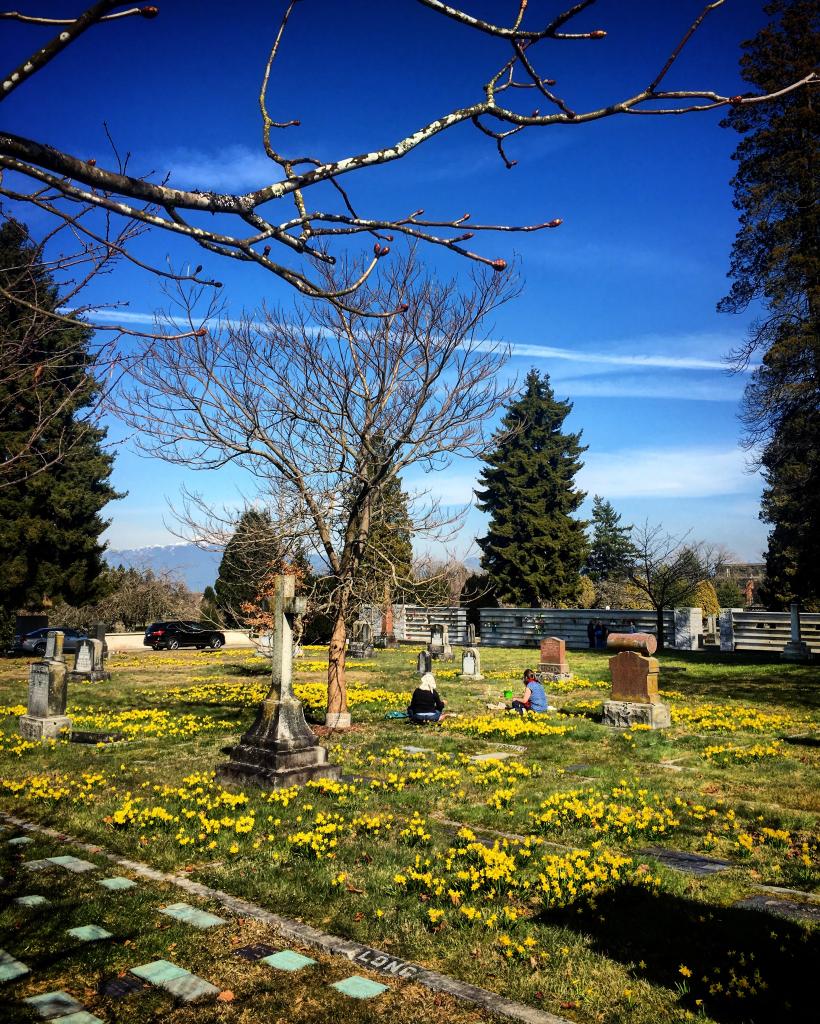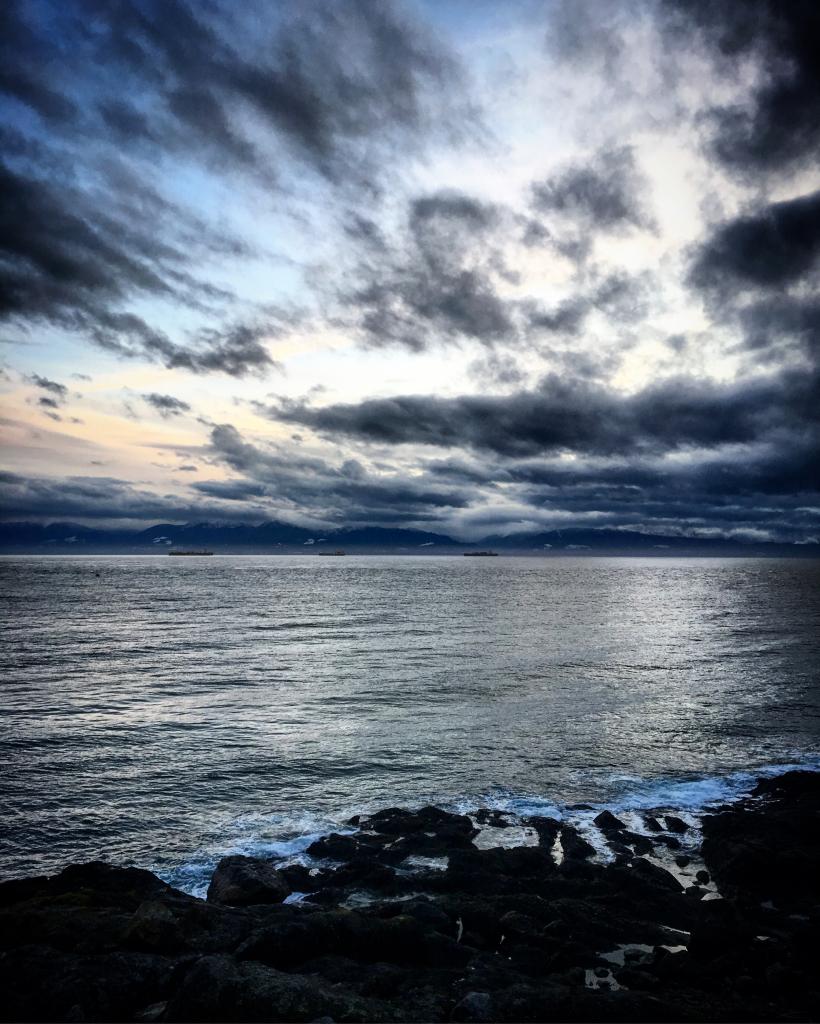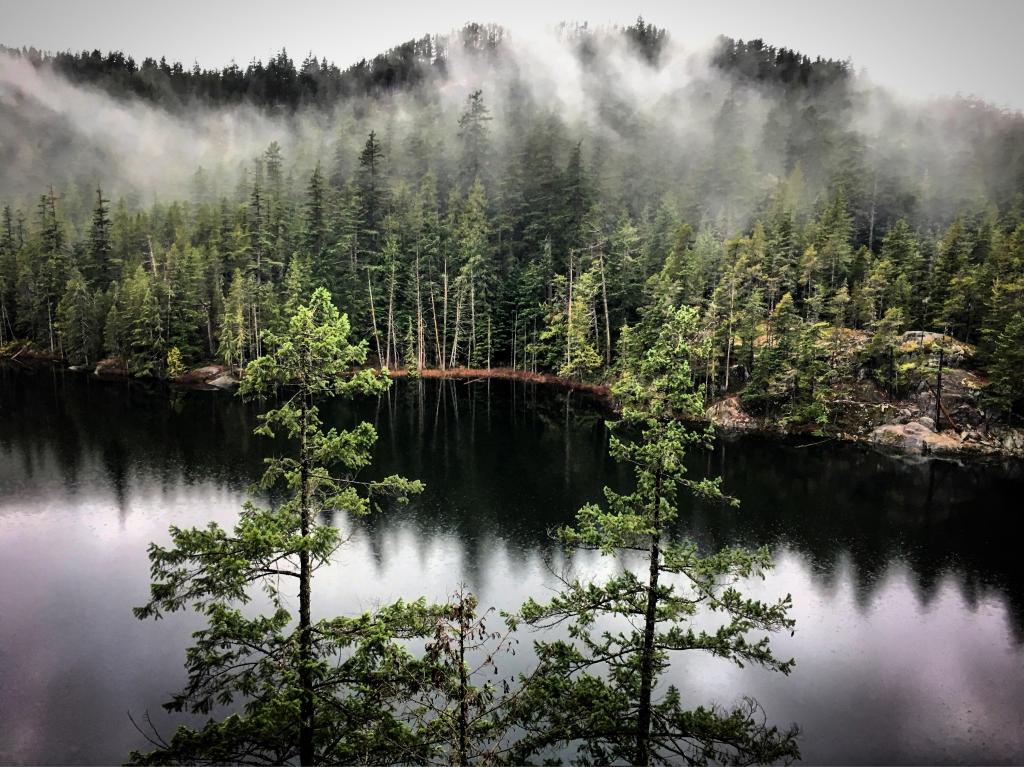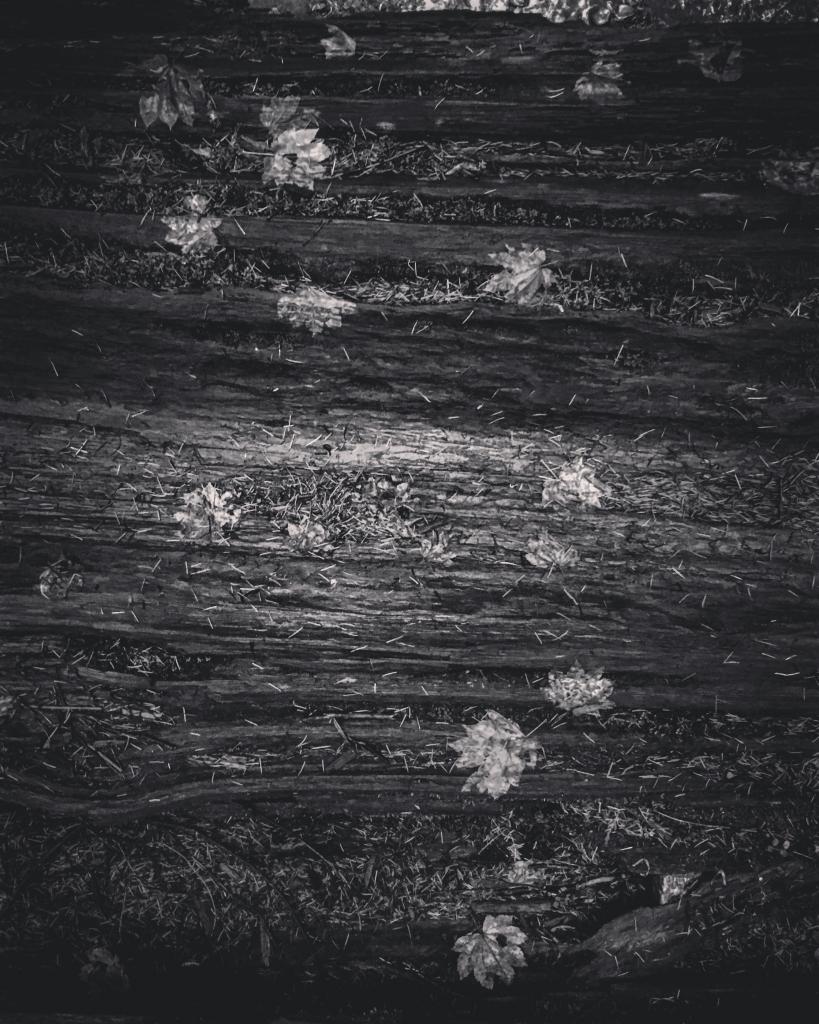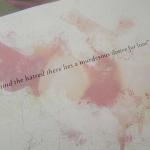[Sermon delivered at St. Mary’s Kerrisdale on May 11, 2020]
Readings
Ps 31:1-5, 15-16; 1 Peter 2:2-10; Jn 14:1-14
Preface
As some of you may know, in the summer of 2018, I was privileged to be able to walk the French Way of the Camino de Santiago pilgrimage in Spain. It is often just called The Camino, or Way. When you pass fellow pilgrims it is customary to greet each other with an enthusiastic ‘Buen Camino!’ The entire trail is over 750 KM, and I walked at least 700 in about 30 days. One thing I noticed as I walked was that there are at least two kinds of pilgrims: Those who were most excited about the destination, and those who were able to really appreciate each step of the journey toward the destination. The former pilgrims would wake up before dawn so they could get a head start. We would be awakened by flashing headlamps and rustling backpacks. They always seemed to be in a rush to get to the next destination. They wanted to make it to Santiago in record time. They ate quickly, they snapped hasty pictures at the sites, and moved on. The other kind of pilgrim was in no particular hurry to arrive anywhere. Often they weren’t even sure where they were going to sleep that night. Some weren’t even all that excited about getting to Santiago! They were just happy to be on the trail. This kind of pilgrim often stood transfixed before the changing scenery, the sunset, and the architecture or vaulted ceilings of the many ancient churches and cathedrals. They sat chatting on the side of the trail. They savored their food. And even though I was very eager to arrive in Santiago, I really tried to be more like the latter kind of pilgrim. I want to draw some parallels between this emphasis on Way and Destination, and our Gospel reading today where Jesus tells his disciples that HE is the Way. And that HE is One with the Father.
Introducing John 14
John 14 is a continuation of John 12 and 13, and it’s helpful to know what comes before what we’ve just read together. At the beginning of Chapter 14, Jesus says: “Do not let your hearts be troubled.” This is because Jesus has just alluded to his impending suffering and death on the Cross. He has broken the terrible Good News. In fulfillment of Jewish scripture, Jesus has come to Jerusalem as both triumphant King, and suffering Servant. Mary of Bethany has anointed Jesus’s feet with perfume and her own tears. Jesus takes a cue from Mary and models his servant leadership by washing the disciples’ feet.Jesus also predicts that Peter will deny him. Jesus senses that someone will betray him. After verse 14, Jesus goes on to promise the presence of the Holy Spirit. We can feel the disciples’ resistance to the reality of Jesus’s impeding suffering and death. On the other side of the Easter shore, we know the outcome. But for the disciples, what was coming must have been unthinkable.
The Way of Jesus
Early in the Chapter, Jesus tells the disciples that he is going to prepare a place for them with the Father. John has Thomas naively, but logically, ask Jesus: “Lord, we do not know where you are going. How can we know the way?” ‘OK, so there are enough rooms in the AIRBNB for all of us, but just to be safe, can you give us a Google Map before you go?’ Jesus responds with a bold and puzzling claim: “I am the way the truth and the life. No one comes to the Father except through me.” We might be tempted to think that Jesus is talking about the church as an exclusive club one must join in order to get to heaven when you die. I have nothing against the Church, and nothing against heaven, but personally, I find this reading to be quite narrow. It is a reading that missing the contemplative riches of Jesus as Wisdom Teacher. So let’s dig a little deeper into this I AM statement.
First, a distinctive feature of the Gospel of John are these I AM statements. I am the bread of life; I am the true vine; I am the light of the world; I am the door of the sheep; I am the good shepherd; I am the resurrection and the life. These statements would have immediately triggered his Jewish audience’s understanding of God. I AM in the Torah refers to Yahweh. For Jesus to say I AM is to identify himself with God. The Path is a Person. Jesus’s ‘Way’ is not Google Map to heaven. Whereas the Torah sees the Way as a Law to follow, Jesus claims that the Way is a person we can fall in love with. Jesus is God come among his people; Immanuel—God with us. Of course in the synoptic Gospels Jesus is much more muted in his statements of divinity or Messiahship. In John Jesus’s divine identity is on full display. Jesus says that he is going to prepare a place for his disciples. But it is not a physical destination as the author has Thomas insinuate. The time-place that Jesus is preparing is the HERE-NOW of God’s indwelling presence. The Kingdom of God is within as Jesus says elsewhere. Toxic Religion is susceptible to turning the way of Jesus into an instruction manual for evacuating earth, rather than an invitation into an experience of fullness.
The Little Way of St. Therese
Yes the Christian path involves morality, ethics, and sacraments. But at its heart is a Person. Thus our own spiritual lives should always be oriented toward cultivating a deeper and deeper love for God and what God loves, Creation. But the Way is not always the heroic way of moral perfection, suffering, or the asceticism of the great saints. You may know about the Roman Catholic saint and Doctor of the Church Therese of Lisieux. She was a French Carmelite who only lived to be 24 years old. She was admitted to her monastery at a very early age, and she was barely known when she died of Tuberculosis in 1897. But her writing on the contemplative path is the work of a true spiritual master. Saint Therese called her path the Little Way. Some of great Saints, her own namesake, Teresa of Avila for example, accomplished great things. But Therese was sickly and uneducated. She couldn’t possibly achieve all that these great saints had achieved. Thus she compared herself to a little flower among the great and showy flowers of the garden of the Saints. She wrote:
“The splendor of the rose and the whiteness of the lily do not rob the little violet of its scent nor the daisy of its simple charm. If every tiny flower wanted to be a rose, spring would lose its loveliness.”
Every person has value just for being who they are. And every intention and act of love is a step on the Little Way. Each of these steps is progress on the Way to God. In the midst of the COVID-19 crisis I have worried that I am not doing enough. I am not volunteering, I am not a care worker or doctor. But Therese assures me:
“Miss no single opportunity of making some small sacrifice, here by a smiling look, there by a kindly word; always doing the smallest right and doing it all for love.”
Yes, Jesus healed the sick, was a master teacher and suffered on the cross for humanity; but he also quietly knelt and washed his disciples’ dirty feet. Feet that carried them on the dusty pathways of Palestine.
Father and Son are One
Ok, now back to John. Jesus said he was going to the Father to prepare a place for his disciples and that he was the Way to the Father. Philip, annoyed that Jesus wouldn’t tell Thomas how to get to this mysterious mansion then asks: “Lord, show us the Father, and we will be satisfied.” ‘OK, so if you’re not going to tell us how to get there, at least tell us what we are looking for!’ Perhaps a bit bluntly Jesus answers: “Have I been with you all this time, Philip, and you still do not know me? Whoever has seen me has seen the Father.” The path leads to the Father. I am the Path. Therefore I am One with the Father. In our Trinitarian theology, Jesus is the Second person of the Trinity. God the Father is Lover, Jesus is Beloved, and the Holy Spirit is the love shared between them. Jesus is the Logos in John, the Word spoken by the Father from the beginning. The Father and the Son are one, they are a dynamic and mutually indwelling Cosmic Dance.
This is why we can speak of Christ as so much more than a single person in first century Palestine. There is a universal dimension to Christ that Jesus is pointing out by claiming to be One with the Father. The Apostle Paul never met Jesus. But he was in love with Christ. He is constantly saying that we are in Christ. How else could this be understood than on a cosmic scale? God spoke the World into Being, and thus all of Creation is a Word of God. Jesus is saying to Philip: Can’t you see the Father in me? Can’t you see the Father all around you?
Julian of Norwich’s Christ as Mother
Jesus used the word Abba, Father often. This is not because God is exclusively male; but because God is as intimate to us as a loving Parent who brings us into being and nurtures us to fullness. But today is of course Mother’s day, so I wanted to briefly honor a spiritual teacher who spoke of the motherhood of God and even Christ. We recently celebrated the feast of the 14th century English mystic Julian of Norwich. Julian, an anchorite, wrote unflinchingly of God’s Father and Motherhood. And extrapolating from Paul’s language of being IN Christ, she wrote of Jesus: “And our Savior is our Very Mother in whom we are endlessly born, and never shall come out of him.” While Jesus uses the language of journey and Fatherhood, masculine language, Julian shifts the analogy to birth and gestation of the soul within the cosmic mystery of Jesus as Christ.
The Journey and the Destination
So, in John 14 we learn that Jesus points the way to God with his very person. That human personhood, creatureliness, is fundamentally united with God the Father. If we were to read on, we would see that the Holy Spirit enables OUR fundamental unity with Father and Son. That the way up is also the way down. Down into the depths of our True Selves. That place where God is mothering us into being at each moment. Journey and destination are inextricably linked. The author of John represents Philip and Thomas as no nonsense kind of pilgrims on the Christian Way. They want to know how to get there, and what to look for when they arrive. But to me, just committing to be on the trail, is to already to be united with the destination.
On the day that I arrived in Santiago, I admit, I was excited for my long walk to be over. But I was also a little melancholy that it was all done. I was excited to stand triumphantly in front of the Cathedral at Santiago. The journey had exposed both my strengths and weaknesses. I had tried to appreciate the journey as much as the destination. But my journey didn’t come to an end when I stood facing the façade of the Cathedral. And in fact it didn’t begin with I set out from Pamplona a month earlier. The Way of Jesus is made up of the millions of tiny steps each of us take every day. The steps we take to be a little bit kinder to ourselves and others. The steps we take live a little more deeply from the place of awe and wonder. The steps we take to realize that we too are one with God.

